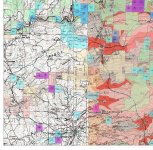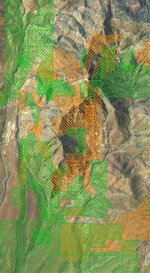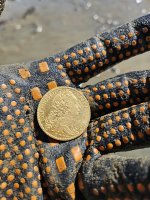johngfoster
Jr. Member
- Feb 7, 2016
- 54
- 66
- Detector(s) used
-
30" Prospector BGT,
Garret pans (10", 14", SuperSluice),
Home-built Gold Hog-ish Highbanker a la Raptor
- Primary Interest:
- All Treasure Hunting
In this day and age, why does it have to be so freakin hard to find the boundaries of active mining claims? At least in Montana? With the advent of GoogleMaps, and the ability to use them as base maps, one would think it a simple task to superimpose the boundaries of current active claims with links to the owner details attached. But no. We still have the archaic LR2000 land mapping system that doesn't really tell you anything.
I was able to find a link to mylandmatters.org, which will use a satellite base map, but even that only tells you have many claims are in a particular area, and doesn't outline them for you on the map. It will give a link to the claim info though. Not sure how current it is though. If a hunting app like "onX HUNT" can outline property boundaries on a base map, I would think it quite a simple task to do the same thing with mining claims. Anyone have any help with this problem they can share with a frustrated noob?
I was able to find a link to mylandmatters.org, which will use a satellite base map, but even that only tells you have many claims are in a particular area, and doesn't outline them for you on the map. It will give a link to the claim info though. Not sure how current it is though. If a hunting app like "onX HUNT" can outline property boundaries on a base map, I would think it quite a simple task to do the same thing with mining claims. Anyone have any help with this problem they can share with a frustrated noob?
Last edited:
Upvote
0









